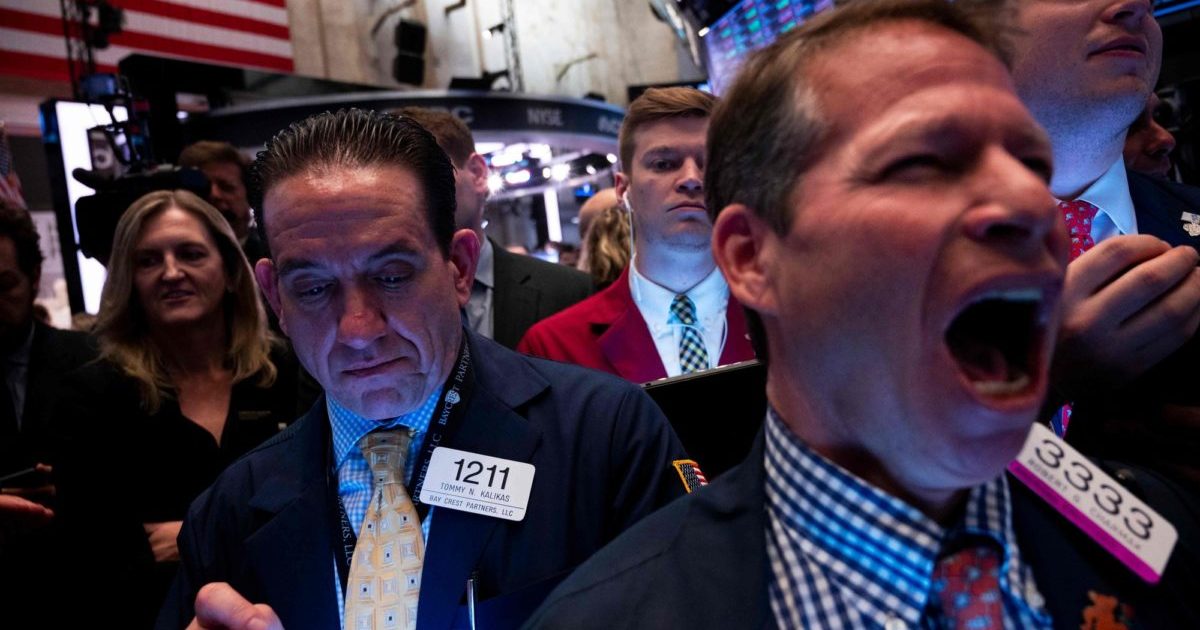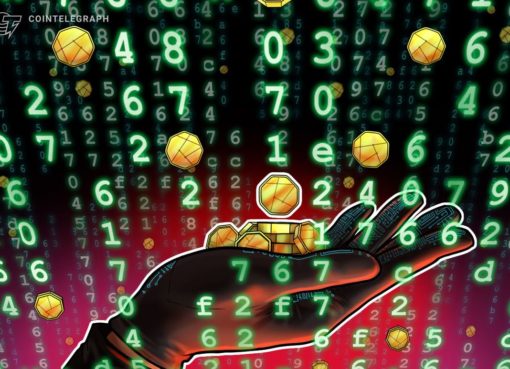- The Dow Jones Industrial Average (DJIA) looked set to rebound from yesterday’s devastating crash.
- But after rallying nearly 200 points, the index lurched back into decline.
- Here’s why the stock market suddenly plunged back into crash mode.
After yesterday’s 1,000 point Dow Jones Industrial Average (DJIA) rout, stock market bulls salivated over what they thought was the perfect time to buy the dip.
But a half-hearted recovery quickly collapsed. And by midday, greedy investors had gone from licking their chops to licking their wounds as the stock market spiraled toward even steeper losses.
Why the Dow Jones Crash Just Got Worse
The unexpected pullback vindicated economist Mohamed El-Erian, who had warned investors to “resist” the urge to succumb to FOMO and “simply buy the dip.”
He told CNBC:
I would say continue to resist, as hard as that is, to simply buy the dip because it has worked in the past.
That was wise advice, especially in retrospect. But what sent the Dow and broader stock market back into decline?
Just like on Monday, the answer lay in the coronavirus outbreak’s ongoing spread outside of China.
More than 80,000 cases have been confirmed worldwide, including just under 1,000 in South Korea, more than 280 in Italy, and 53 in the United States.
President Donald Trump may claim that the U.S. has the coronavirus under control, but health experts and stock market strategists are less confident in the administration’s assessment.
And Trump himself may have helped catalyze Tuesday’s volatility when he appeared to suggest that U.S. scientists were on the verge of developing a coronavirus vaccine. The White House later clarified that the president was referring to a vaccine for Ebola.
Trump’s constant efforts to downplay the severity of the coronavirus outbreak highlight fears about how the federal government is managing the crisis. After the Dow crashed more than 1,000 points on Monday, Trump directly tied his optimism about the stock market to the fact that the virus is “very much under control in the USA.”
But given how nakedly Trump strives to pump the Dow to loftier and loftier heights, critics are understandably concerned about where his priorities lie.
Dow Plunges to Worst Level Since December
The Centers for Disease Control and Prevention (CDC) has begun to outline containment procedures that schools and businesses should take if the virus does gain a foothold in the United States. That may be one reason investors are suddenly taking the disease more seriously than they had before.
As of 12:12 pm ET on Tuesday, the Dow Jones had fallen by 351.24 points or 1.26%. Teetering at just 27,609.56, the index now trades at its worst mark since early December.
The S&P 500 and Nasdaq failed to do much better. The former slid 1.2% to 3,187.29, while the latter “outperformed” with a loss of 1.03% that dropped the tech-heavy index to 9,126.32.
Somewhat surprisingly, the gold price failed to capitalize on the chill that whipped through Wall Street. The yellow metal collapsed by 1.82% to settle at $1,645.
But that doesn’t mean investors weren’t seeking harbor in “recessoin-proof” assets. The yield on the 10-year U.S. Treasury note careened to an all-time low of 1.32% as bond prices spiked.
The U.S. dollar fell 0.56% against the Japanese yen, a haven asset. But other currencies rose against the greenback too, likely because the odds of a near-term Federal Reserve interest rate cut are growing.
Traders currently expect the Fed to cut rates following its April policy meeting.
Economic Data Fails to Embolden Stock Market Bulls
Tuesday’s economic data dump also failed to justify the “buy the dip mentality.
The Richmond Manufacturing Index posted a disastrous reading of -2, nowhere near the consensus forecast of 10. Readings above 0 indicate improving conditions, while prints below 0 indicate that regional manufacturers are encountering a darkening business environment.
The CB Consumer Confidence index came in worse than expected next (130.7 vs. a forecast of 132.6). More troubling than the headline reading – which was actually a slight increase from January – was a big drop in consumers’ evaluation of the business and labor climate.
This article was edited by Sam Bourgi.




